

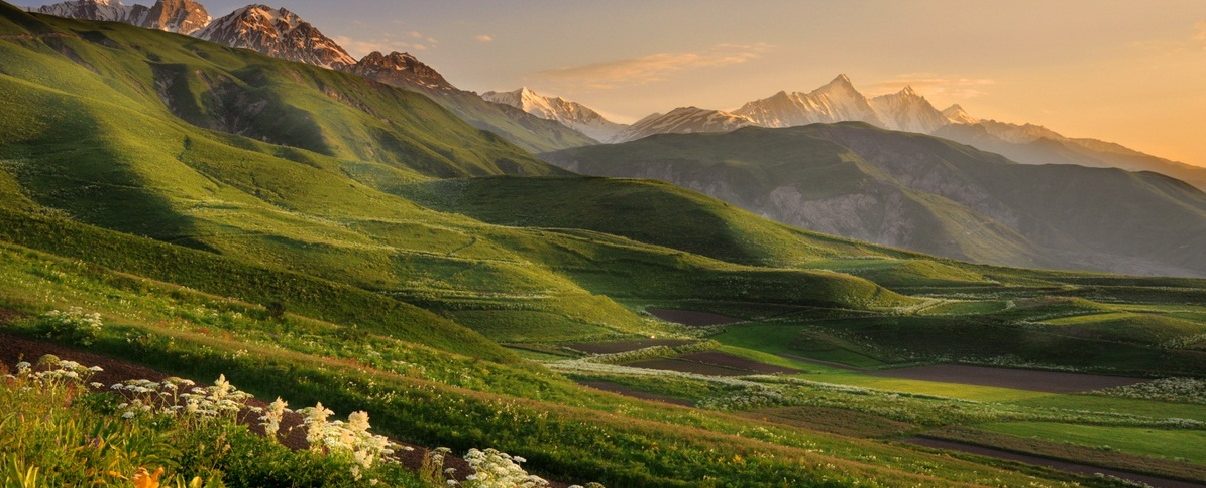

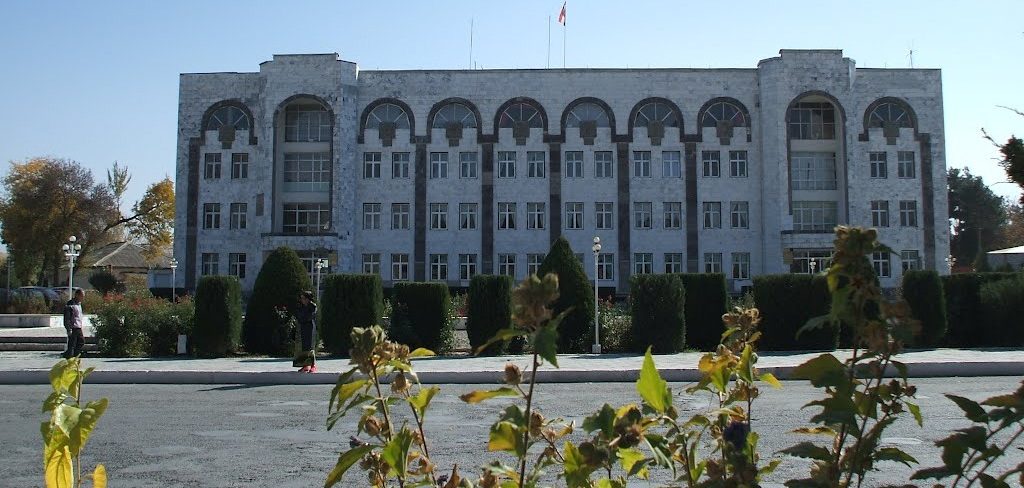

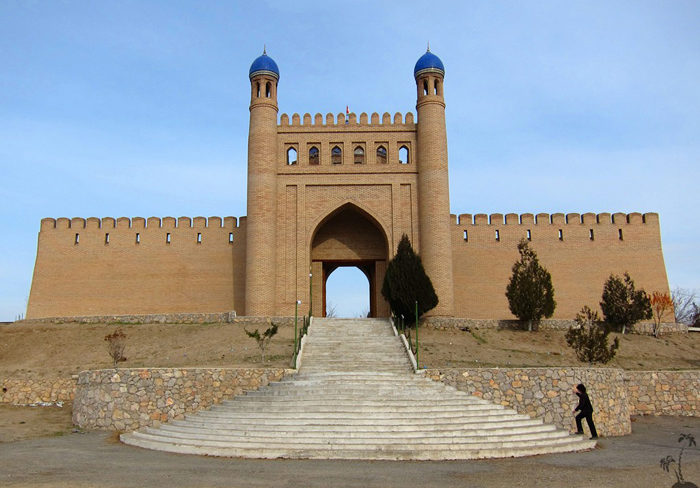
Istaravshan is a museum city, the ancient center of trade and crafts, one of the most ancient cities of Central Asia. In 2002 Istaravshan widely celebrated 2,500 anniversary of the city. The city was founded in the sixth century B.C. by an Akhemenid king Cyrus who fortified the settlement by means of three wall lines and a citadel.
Only the gate with a dome and columns on the sides has survived on Mug Hill where the residence of the local governor used to be. During the years of Arabian sovereignty, Istaravshan became a province Arabian Caliphate. It was at this time when Islamic architectural structures of portal-dome design such as mosques, madrasahs, mausoleums, minarets, etc. started to appear.
In the second -seventh centuries B.C. the ancient sentiment Mugteppa was located on the territory of Istaravshan. Mugteppa was the residence of the local aristocracy who erected there numerous palaces distinguished by original expressive architecture. The evidence of that was found in Bundzhikat (Kala and Kakh-Kakh) and Chil’khudzhra settlements which had fortified structures with palaces and cult buildings decorated with paintings and carved panels. For example, in Bundzhikat the archaeologists found the painting with the image of a she-wolf feeding two babies – the symbol of contacts between the West and the Orient.
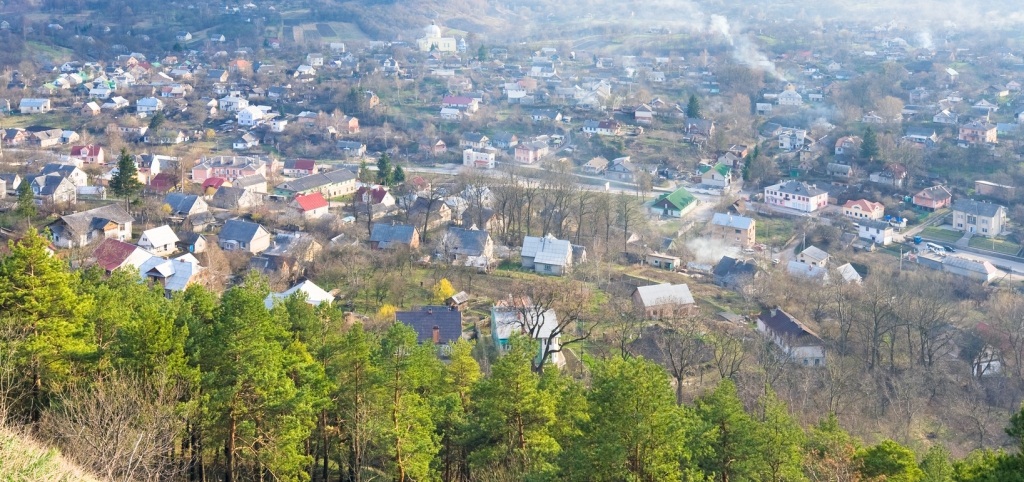

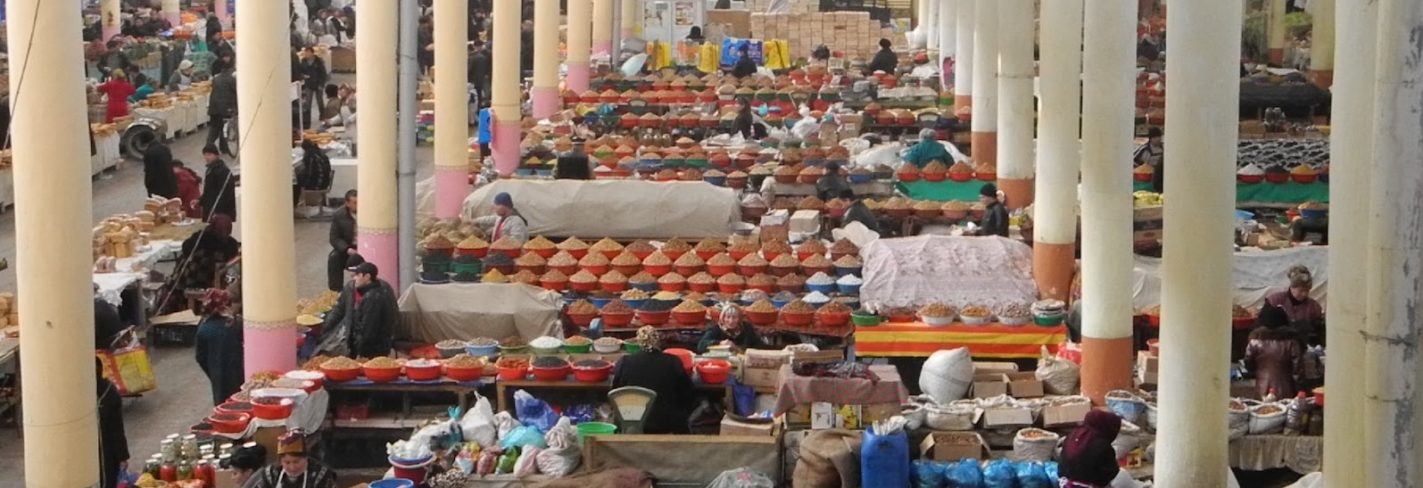

"Sky Tour" company has successfully been working in the tourist market of Tajikistan since February 2011. Despite a relatively short period of activity, the company has thousands of organized trips and satisfied customers. We provide a wide range of tourist services, from excursions around Tajikistan, to round-the-world travel. We organize travel for every taste and depending on the wishes, we select the most ideal variant for the tourist. Managers of the company "Sky Tour" are highly qualified professionals, experts in their work and work execution is impeccable. We track every stage of the journey of our tourists and in the event of unforeseen situations we quickly resolve the issues that have arisen. "Sky Tour" company successfully cooperates with tour companies in all regions of Tajikistan, and many Tour Operators in all corners of the world which gives an opportunity to expand the range of services and choice of countries for recreation. Our goal is to make your trip highly comfortable, safe, and interesting. "Sky Tour" company is a member of the TATO (Tajik Association of Tour Operators) and is accredited with the Ministry of Foreign Affairs of the Republic of Tajikistan.